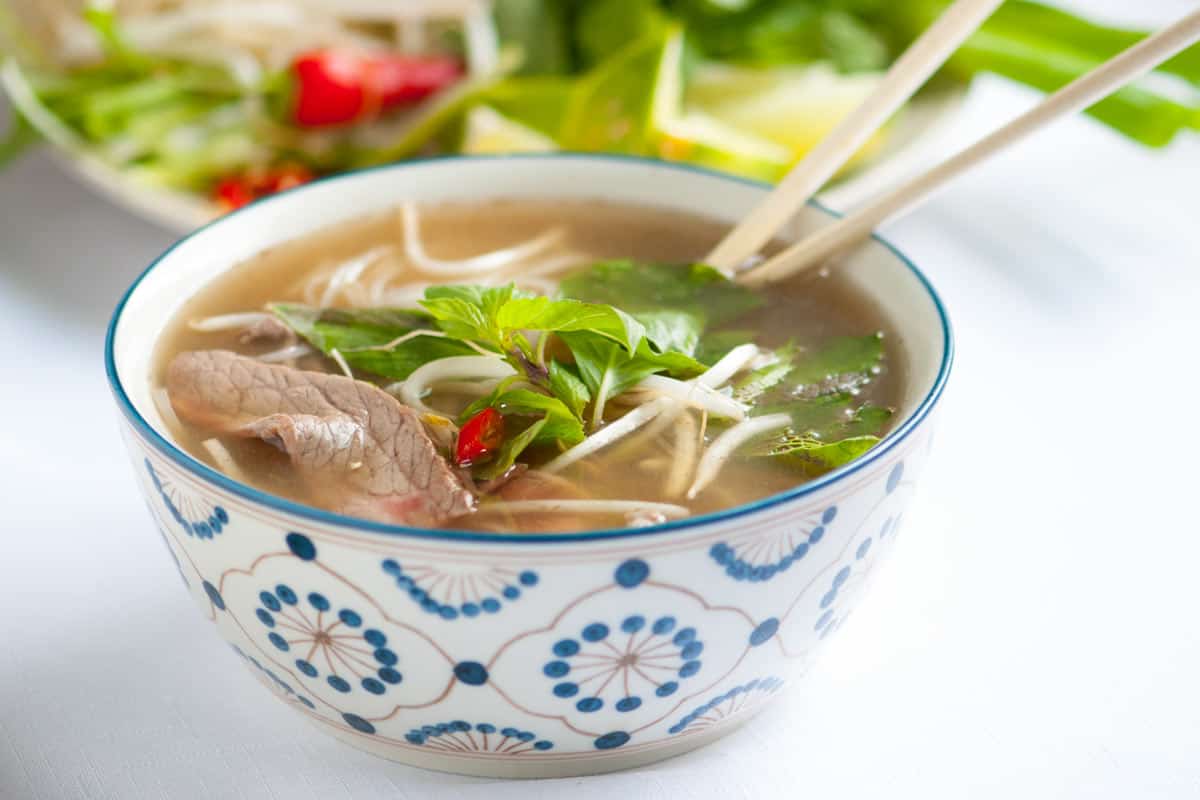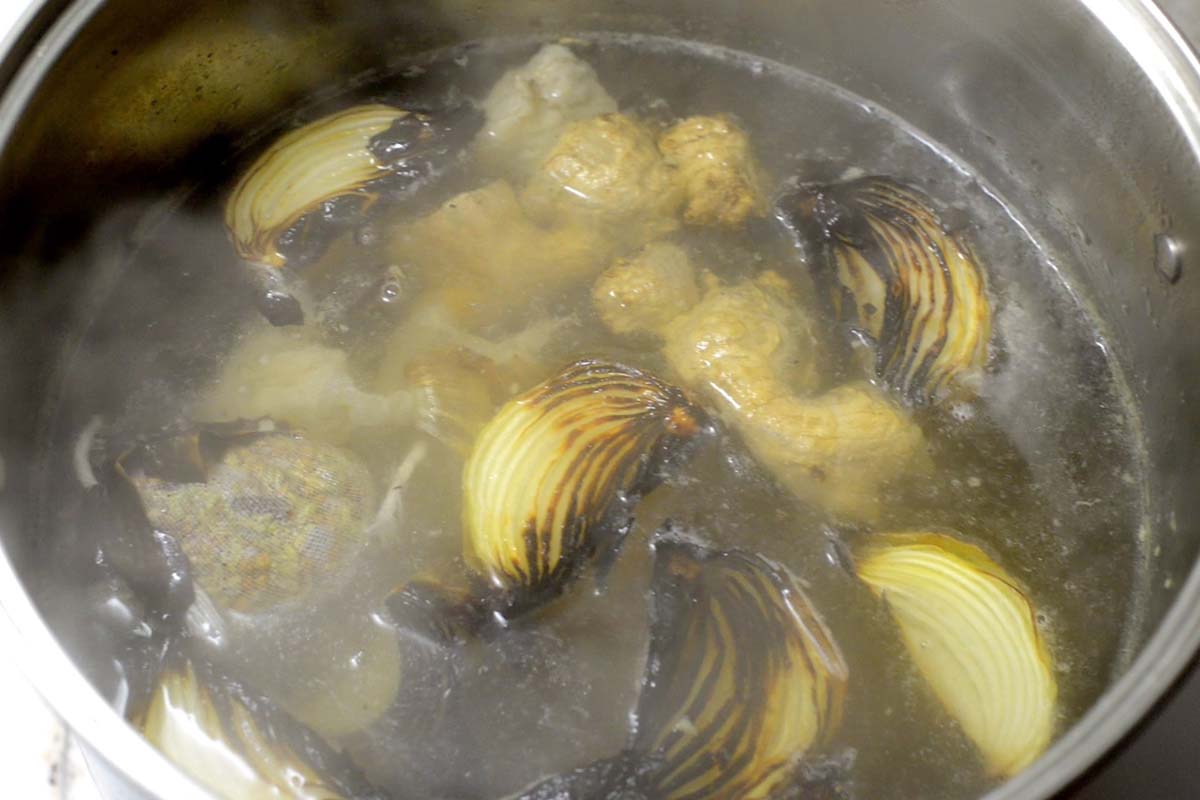Pho, the quintessential Vietnamese noodle soup, has captivated taste buds worldwide with its harmonious blend of flavors and comforting warmth. At the heart of this culinary masterpiece lies the broth, a symphony of aromatic spices and savory ingredients that forms the foundation of this beloved dish.
Navigating the Broth’s Origins
The origins of pho broth, like the dish itself, are shrouded in a veil of culinary history. Some culinary historians trace its roots to the French colonial era, suggesting that it may have been influenced by the French beef stew, pot-au-feu. Others posit that it evolved from Chinese cuisine, particularly the dish known as ngưu nhục phấn, a beef noodle soup.
Regardless of its genesis, pho broth has evolved into a uniquely Vietnamese culinary creation, a testament to the country’s rich culinary heritage.
Deconstructing the Broth’s Composition
The pho broth is a complex and nuanced concoction, carefully crafted from a medley of ingredients that contribute to its distinctive flavor profile. The primary component is beef bones, which are simmered for hours to extract their rich essence. This forms the base of the broth, providing a deep and savory foundation.
The Aromatic Symphony of Spices
Beyond the beef bones, pho broth is elevated by a symphony of spices that impart their aromatic magic. Star anise, with its licorice-like notes, and cloves, with their warm and pungent flavor, are indispensable ingredients. Cinnamon, with its sweet and spicy undertones, adds a touch of warmth, while roasted ginger and onion contribute their earthy and slightly sweet notes.
The Nuances of Regional Variations
As pho traveled from its northern birthplace to the southern regions of Vietnam, it underwent subtle transformations, resulting in regional variations in the broth. Northern pho broth tends to be clearer and lighter, with a more pronounced beef flavor. Southern pho broth, on the other hand, is often richer and sweeter, with a more complex blend of spices.
The Essence of Pho: A Culinary Masterpiece
The pho broth is not merely a liquid accompaniment to the noodles and meat; it is the very essence of the dish. Its rich and flavorful depths provide a harmonious backdrop for the other elements, enhancing their flavors and creating a truly unforgettable culinary experience.
Additional Resources
To further delve into the world of pho and its captivating broth, consider exploring the following resources:
How to Serve Pho
After cooking the noodles in a different saucepan—never in the broth—rinse them, and distribute them among serving dishes. After placing the cooked or raw beef on the noodles, pour the simmering broth over them. Serve right away with your preferred garnishes, like lime, bean sprouts, and fresh herbs.

Fresh pho broth can be stored in the refrigerator for up to five days in an airtight container. Transfer to freezer-safe containers and freeze for a maximum of six months. Refrigerate frozen pho broth overnight to thaw it, then reheat it the following day. Add to a saucepan, bring to a simmer, and then transfer to serving bowls to reheat. Cooked noodles tend to crumble with time, so freezing or storing them is not advised.
How to Make Pho
Whenever I make pho at home, I start by parboiling my beef bones. It’s easy and helps achieve a crystal-clear broth. Put the bones in your stockpot, cover with water, and bring to a boil. Simmering the bones releases impurities that cause the water to become frothy and scummy. Watch me do this in the video as I strain the bones and rinse the pot to get rid of all the foamy gunk.
Toasting your spices is the second piece of advice for the best homemade pho. They become more fragrant and awaken when toasted. Place them in a dry pan set over medium heat, be near them, and give them a few shakes. When you notice a change in their aroma, you will know they are ready. It only takes two to three minutes.

To make the broth, add the charred onion and ginger, toasted spices, salt, fish sauce, and rock sugar to the water-covered parboiled bones and bring to a simmer. You can serve the broth after it has cooked for about three hours at a very low simmer.
